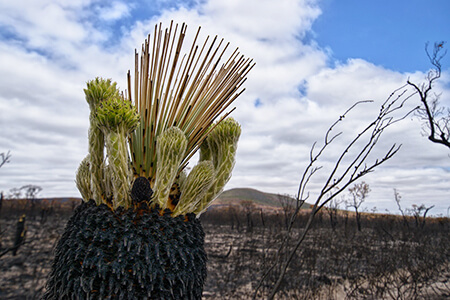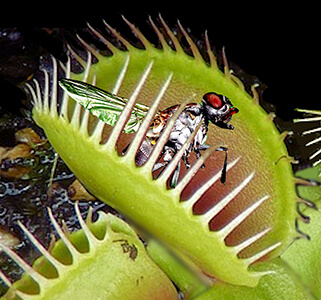This is a lesson summary. The full lesson can be viewed by purchasing an online course subscription.
Learning Objective
In this lesson we will learn about the importance of genetic diversity for populations to survive and adapt to environmental change.
Learning Outcomes
By the end of this lesson you will be able to:
- Define genetic variation and describe how it is acquired in populations.
- Describe natural selection and elaborate on its role in the adaptation of populations.
- Define adaptive potential and discuss the importance of genetic diversity in the survival of populations.
- Compare natural selection and artificial selection.

(Image: TerriAnneAllen, Pixabay)
Lesson Summary
- Genetic variation refers to differences in genotypes (allele combinations) between individuals, which usually results in differences in phenotypes.
- The genetic diversity of a population is a measure of the genetic variation among individuals within that population – often referred to as the population’s ‘gene pool‘.
- Mutation is the source of all genetic variation as it is the only way new alleles are created.
- Genetic variation can be enhanced by sexual reproduction (meiosis and fertilisation) as well as migration of individuals into a population.
- Selective advantage is the increased chance of an individual surviving and reproducing due having a certain phenotype.
- Natural selection (‘survival of the fittest‘) is the process whereby an individual with a selective advantage survives while another individual doesn’t.
- A selective agent (selection pressure) is an environmental factor that leads to natural selection.
- Sexual selection is a type of natural selection where the selective agent is a potential mating partner.
- Artificial selection (selective breeding) is a method used by animal and plant breeders where only individuals with a desired phenotype are used for reproduction, thereby increasing the prevalence of that phenotype in the population.
- Adaptation is the gradual change of a population, as a result of natural selection, towards phenotypes that are better suited to the environment.
- Adaptive potential refers to the ability of a population or species to survive environmental change.
- The greater the genetic variation, the greater the adaptive potential.

(Image: Dugeot, Pixabay)
(Header image: iredding01, Adobe Stock)
